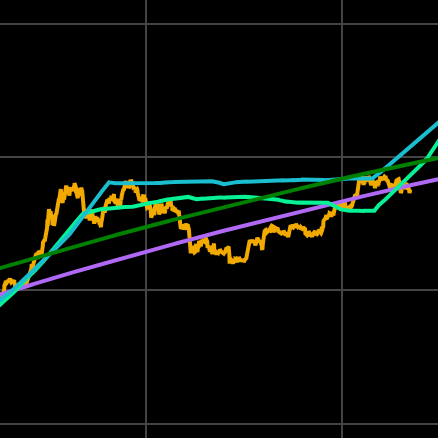
Key Takeaways
- Germany's FIU reported an 8.2% annual increase in bitcoin-related suspicious activity reports, reaching 8,711 in 2024.
- Traditional banks and credit institutions now account for the majority of these reports, highlighting their growing vigilance.
- Experts and the FIU stress the need for advanced analytical and AI-powered tools to address evolving money laundering tactics involving bitcoin.
Germany’s Financial Intelligence Unit (FIU) reported that anti-money laundering (AML) reports involving bitcoin and other digital assets rose by 8.2% in 2024, reaching 8,711 cases.
This accounted for a record 3.3% of all suspicious activity reports submitted to the FIU, with bitcoin featuring in the majority of cases, followed by Ethereum, XRP, Tether, and Litecoin.
Since 2020, crypto-related reports have jumped 23.6%.
Traditional banks increasingly involved
The FIU noted that credit institutions and banks filed over 6,000 of the crypto-related reports, often referencing transactions with trading platforms, mixers, and gambling sites.
The agency stated that:
Traditional financial players have long since become key observers of crypto-based risks.
Criminal activity adapts to new tools
The report highlighted that financial crime is rapidly evolving alongside digital asset adoption, with complex laundering structures often evading traditional controls.
One case described involved a network operating 44 bank accounts and eight crypto-trading accounts.
The FIU warned:
“Dealing with complex money laundering structures requires a coordinated approach by all parties involved.”
Experts call for better detection tools
Tobias Schweiger, CEO of anti-financial crime firm Hawk, explained:
“Germany’s uptick in crypto-related suspicious activity reports is driven by the combination of those two trends.”
He added that digital ledgers present challenges for detection and that AI-powered tools and stronger KYC measures are increasingly necessary. The FIU expects the trend of rising bitcoin-related reports will persist as both adoption and regulatory scrutiny increase.




